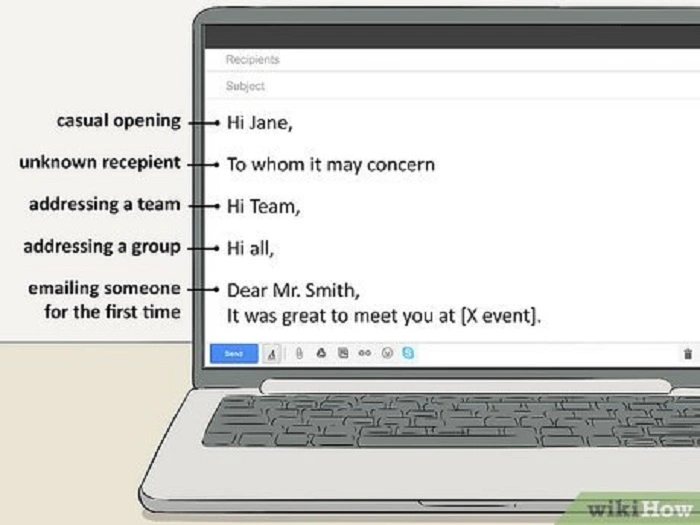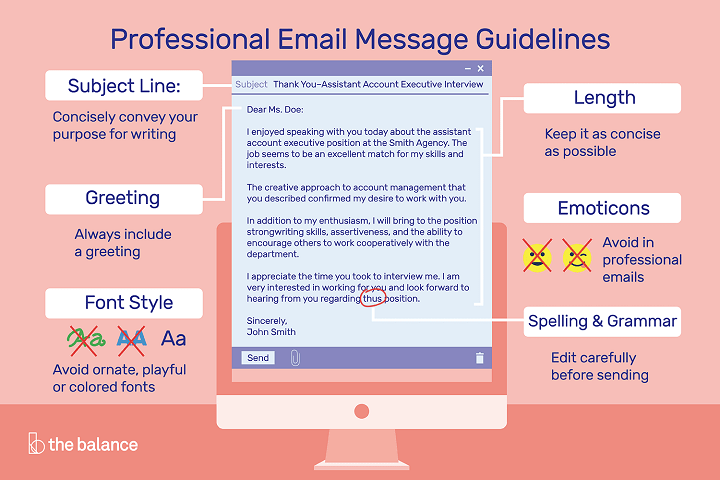Creating a professional email is essential for making the right first impression—whether you’re reaching out to potential clients, applying for a job, or representing a business. A well-crafted email address adds credibility to your communication and helps build trust with recipients.
In this guide, you’ll learn exactly how to make a professional email, including choosing the right format, selecting a domain, setting it up with reliable providers, and tips to ensure your email looks polished and trustworthy in 2025.
What Is a Professional Email?

A professional email is an email address that looks clean, credible, and often uses a custom domain instead of a generic one like Gmail or Yahoo.
Examples:
- Acceptable: [email protected]
- Not ideal: [email protected] or [email protected]
Professional email addresses are especially important for:
- Job seekers
- Business owners
- Freelancers and consultants
- Organizations and customer support teams
Why a Professional Email Matters
Using a professional email address:
- Builds trust and legitimacy
- Reflects your brand or personal identity
- Increases chances of your email being opened
- Reduces spam filters blocking your messages
- Makes your communication more consistent
If you’re running a business, using a personal Gmail or Yahoo address can make you look amateurish—even if your services are top-notch.
Step-by-Step: How to Make a Professional Email Address
Choose a Domain Name
If you already own a website domain like mycompany.com, you’re halfway there. If not, purchase one through:
- GoDaddy
- Namecheap
- Google Domains
- Bluehost
- Hostinger
Make sure the domain reflects your name, brand, or business. Try to keep it short, relevant, and easy to spell.
Pick an Email Hosting Service
Once you have a domain, you’ll need a service to host your email.
Popular Email Hosting Providers
| Provider | Key Features | Starting Price |
| Google Workspace | Gmail interface, Google Drive, Docs, 30GB+ storage | $6/month per user |
| Microsoft 365 | Outlook interface, Word, Excel, Teams | $6/month per user |
| Zoho Mail | Free plan available, business tools included | Free–$3/month |
| ProtonMail | Secure and encrypted email hosting | From $4/month |
| Bluehost | Free email with web hosting | Included with hosting |
Choose the one that fits your needs, whether it’s collaboration features or a simple inbox.
Create Your Professional Email Address
Use a standard, readable format for your email address. Avoid unnecessary numbers or nicknames.
Common Professional Email Formats:
- [email protected]
- [email protected]
- [email protected]
- [email protected] (for general inquiries)
- [email protected] (for customer support)
Avoid formats like:
Set Up Email Access
Once created, you’ll be able to access your professional email via:
- Webmail (e.g., Gmail, Outlook)
- Desktop clients like Thunderbird or Outlook
- Mobile apps (iOS Mail, Gmail, Outlook for Android)
You’ll use the IMAP/SMTP or Exchange settings provided by your host to connect and sync emails across devices.
Add a Signature
A professional email signature reinforces your identity and credibility.
Elements to Include:
- Full Name
- Job Title
- Company Name
- Phone Number
- Website URL
- Social Media links (LinkedIn, etc.)
Example:
swift
CopyEdit
Jane Williams
Marketing Manager | Acme Solutions
www.acmesolutions.com | +1-555-234-5678
LinkedIn: linkedin.com/in/janewilliams
Tips for Writing Professional Emails
Creating the email address is one part—how you use it matters just as much. Here are best practices to keep your emails looking professional:
Use a Clear Subject Line
Avoid vague terms. Be specific and relevant:
- Good: “Proposal for Q2 Marketing Campaign”
- Bad: “Hey there” or “Check this out”
Begin With a Proper Greeting
- Use “Dear [Name]” or “Hello [Name]” for formal emails
- Avoid casual intros like “Hey” or “Yo” unless you know the recipient well
Keep the Language Professional
- Be concise and to the point
- Avoid slang or abbreviations
- Use full sentences with correct grammar
Proofread Before Sending
Read over your email to avoid spelling or formatting mistakes.
Use a Professional Email Signature
End every message with a polished sign-off like:
- Best regards
- Sincerely
- Thank you
Professional Email vs Personal Email
| Feature | Professional Email | Personal Email |
| Domain | Uses custom ([email protected]) | Uses public ([email protected]) |
| Branding | Reflects company or personal brand | No branding consistency |
| Usage | Business, networking, customer contact | Friends, family, informal use |
| Trust Level | High—more likely to be opened/read | Lower—may be flagged as informal or spam |
Can You Get a Free Professional Email?
Yes, if you already have a web hosting plan (like Bluehost, Hostinger, or DreamHost), you may receive free business email accounts with your domain.
But for better features, storage, and support, paid plans like Google Workspace or Microsoft 365 are worth the investment.
When Should You Create a Professional Email?
- Starting a business or freelance service
- Launching a personal brand or blog
- Applying for jobs in a competitive market
- Creating department-specific emails for a team
- Wanting to upgrade from unprofessional usernames
The earlier you make the switch, the more consistent and credible your communication will be.
Frequently Asked Questions
What is the best format for a professional email address?
Use formats like [email protected] or [email protected] to maintain clarity and professionalism.
Do I need a website to create a business email?
No. You just need a domain name. A live website is optional.
Can I use Gmail for a professional email?
Yes, through Google Workspace. It lets you use Gmail with a custom domain like [email protected].
Is it okay to use numbers in a professional email?
Avoid random or excessive numbers. If your name is common, use a logical variant like [email protected] or [email protected].
How many professional emails should a business have?
It depends on the team size. At a minimum, set up general ones like info@, support@, and yourname@.

